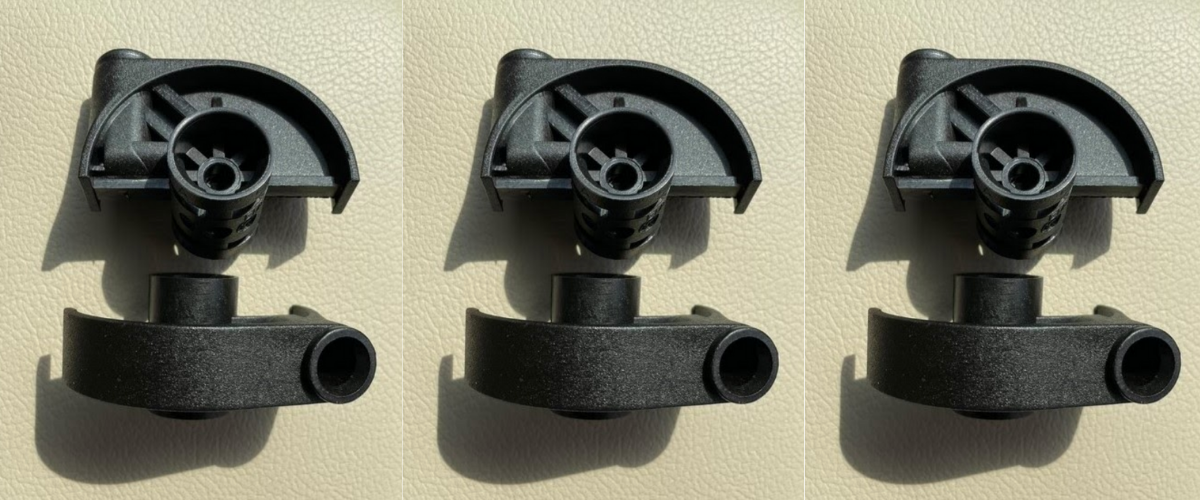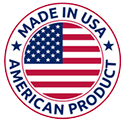According to a September 2020 report from the Economic & Statistics Department of the American Chemistry Council, there are about 391 pounds of plastic used in a light automotive vehicle today. About 36 pounds of that are thermoplastic polyolefins (TPO). Opportunities clearly exist in both current polymer and TPO materials for hemp-filled alternatives.
Why choose hemp biocomposites or bioplastics for automotive applications?
Our hemp plastics have many advantages over traditional glass-filled plastics. For example, hemp-filled polypropylene (PP) can significantly reduce CO2 emissions. Our materials have a nice density difference as well, offering a significant mass reduction of over 10% in most applications depending on glass content.

Other benefits of our hemp bioplastics and biocomposites for the automotive industry include:
- Unique mold in color opportunities for visible components. Our hemp plastic has a beautiful earthy, stone-like appearance that promotes environmental awareness.
- Comparative sound deadening compared to traditional filled resins
- Potential improvement in processing in injection molding with lower temperatures and less cycle time
- Bioplastics are already familiar materials to the major OEMs
Areas of Opportunity in the Automotive Sector
In the automotive sector, our hemp plastics are suited for mold-in color parts and visual components like interior trim, exterior cladding and rocker panels. They are also a viable alternative to glass-filled PP in non-visible/non-class A components, including facia reinforcement and sound baffling panels for doors.
Our hemp biocomposites and bioplastics are an attractive, readily-available and more sustainable alternative to traditional plastics for the automotive industry. Our customers can achieve a 25% to 100% reduction in plastic use by switching to our greener polymers. Hemp is a renewable resource that is actually carbon negative, consuming far more greenhouse gasses than are emitted in its production. Please contact us at [email protected] to learn more about how our bioplastics can be used to make the automotive industry more sustainable.

